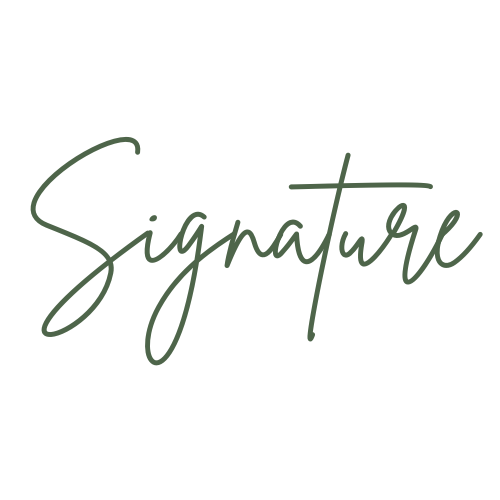Pablo Picasso Authentication
Pablo Picasso, widely regarded as one of the most influential artists of the 20th century, revolutionized modern art through his innovation and prolific output. Born in Málaga, Spain in 1881, Picasso's artistic career spanned over seven decades, during which he created an astonishing array of works—paintings, sculptures, ceramics, and drawings—spanning multiple styles and movements, from Cubism to Surrealism. Picasso’s unmatched versatility and continuous reinvention of his artistic style solidified his place as a master of modern art, with iconic works like Guernica, Les Demoiselles d’Avignon and The Weeping Woman becoming landmarks of Western art.
Picasso’s early years were marked by a classical training in art, but it was his break from tradition that made him a global sensation. Alongside Georges Braque, Picasso co-founded Cubism, a revolutionary movement that fragmented objects into abstract forms. Over the decades, Picasso experimented with different techniques, embracing a diversity of influences—from African art to Mediterranean pottery—making his work challenging to categorize within a single genre.
Despite his extraordinary success during his lifetime, Picasso was also a complex individual, leading a personal life filled with intense relationships, which were often reflected in his art. He passed away in 1973 at the age of 91, leaving behind an immense artistic legacy that continues to captivate collectors, institutions, and art lovers worldwide. However, the breadth of Picasso’s oeuvre and his fame have also given rise to the critical issue of authentication.
The Challenge of Picasso Authentication
The global demand for Picasso’s work, coupled with his extensive body of work, has made authentication a particularly complex process. Picasso created more than 50,000 works throughout his career, ranging from paintings and drawings to ceramics, stage designs and prints. This immense volume, combined with his constantly evolving style, makes it difficult to apply a single set of authentication standards. Further complicating the matter, Picasso rarely signed many of his works, and he often experimented with techniques and mediums that do not always align with traditional methods of art authentication.
Moreover, Picasso’s global fame has led to an increase in forgeries and misattributed works. His distinctive styles and motifs have been copied repeatedly, and the art market is rife with pieces claiming to be authentic Picassos. This has created significant challenges for galleries, auction houses, and collectors who need to ensure the authenticity of the pieces they handle.
For many years, the Picasso Administration, overseen by the artist’s family, was the primary body responsible for authenticating Picasso’s works. However, as the number of Picasso forgeries has grown, and the complexity of his artistic output has become apparent, collectors and institutions have increasingly turned to independent art authentication experts. Firms like Signature specialize in this area, offering meticulous research and verification services to ensure that works attributed to Picasso are genuine.
Signature’s Approach to Picasso Authentication
Authenticating a Picasso work requires an exhaustive, multi-disciplinary approach that considers the artist’s prolific and varied output. Signature employs a combination of historical research, forensic analysis, and expert knowledge of Picasso’s techniques and materials to authenticate works attributed to him.
Comparative Analysis: Picasso’s art spans multiple periods and movements, from his Blue and Rose Periods to Cubism and beyond. Signature’s experts compare suspected works with known, authenticated pieces from the same period, focusing on stylistic consistency, brushwork, and use of specific recurring motifs, such as his famous bull, dove and harlequin figures. Given Picasso’s constant experimentation, deviations from expected characteristics may raise concerns about a work’s authenticity.
Provenance Research: Verifying the provenance, or the history of ownership, is critical to confirming whether a piece can be attributed to Picasso. At Signature, our experts meticulously investigate exhibition records, sales histories and documentation that trace the work’s ownership back to its origin. Provenance is one of the most important elements in Picasso authentication, as a clear and documented chain of ownership often plays a decisive role in verifying a work’s legitimacy.
Scientific Analysis: Forensic tools play a key role in authenticating Picasso’s works. Techniques such as pigment analysis, X-ray imaging, and infrared reflectography help determine if the materials used are consistent with those employed by Picasso at the time the piece was created. Picasso was known to use certain types of paints and materials during different phases of his career, and identifying anachronistic elements can raise significant red flags.
The Legal and Financial Stakes of Picasso Authentication
As one of the most sought-after artists in the world, the financial stakes surrounding Picasso authentication are immense. Genuine works by Picasso can sell for tens of millions of dollars at auction, making them a valuable asset for collectors and institutions alike. However, the sale of a misattributed or forged Picasso can lead to lawsuits, significant financial losses and damage to the reputations of the involved parties.
Auction houses, galleries, and collectors are now more cautious than ever when dealing with high-value Picasso works. It is increasingly common for them to require expert authentication before agreeing to a sale. For collectors, owning a genuine Picasso is not only a prestigious achievement but also a significant investment. Ensuring that the work is authentic is therefore crucial, as the value of a forgery can plummet, resulting in substantial financial loss.
This is where Signature’s expertise becomes essential. Our comprehensive approach offers clients credible and thorough validation of works attributed to Picasso. Our team is dedicated to ensuring that collectors, galleries and institutions can confidently verify the authenticity of their Picasso works. Contact us to learn more about how we can assist with Picasso authentication.

